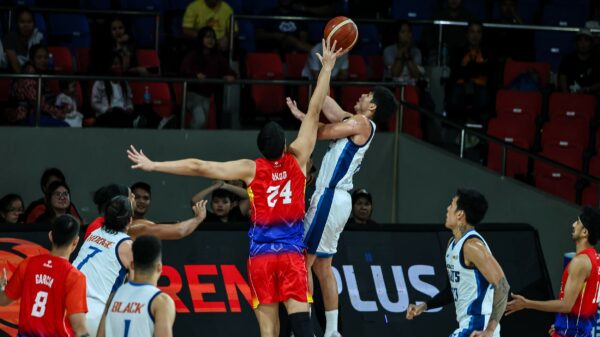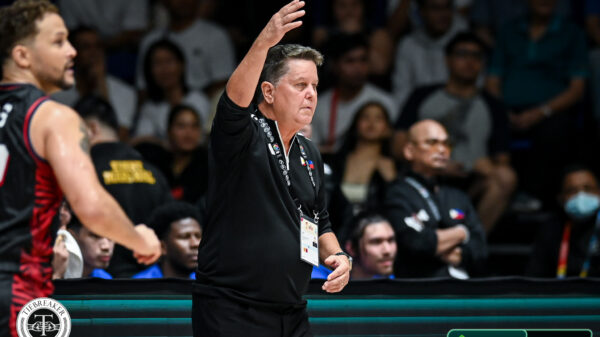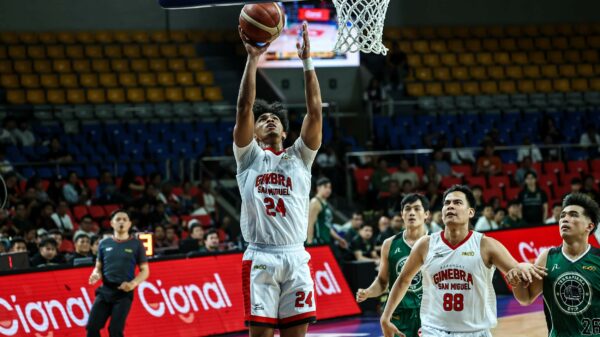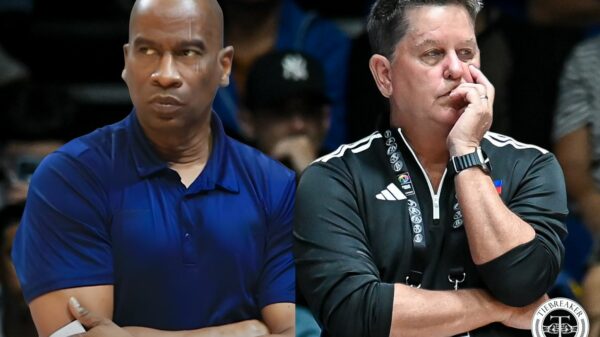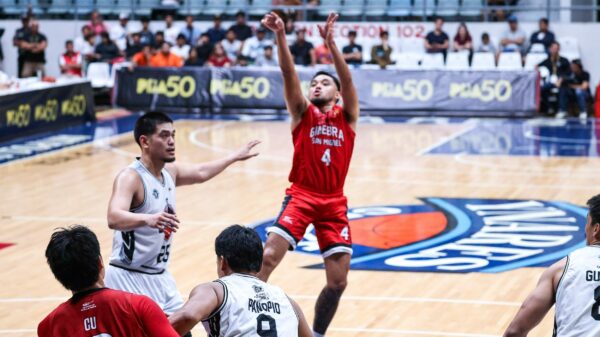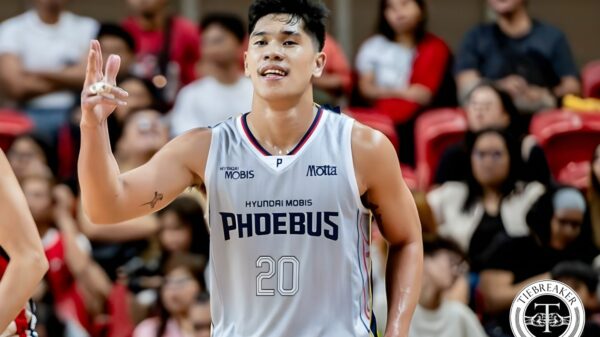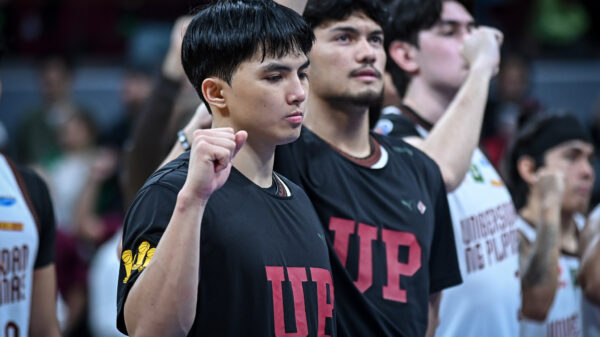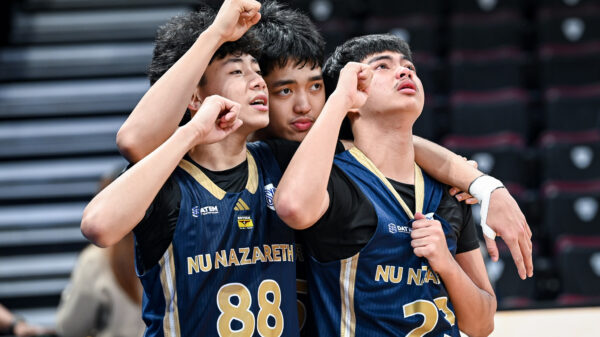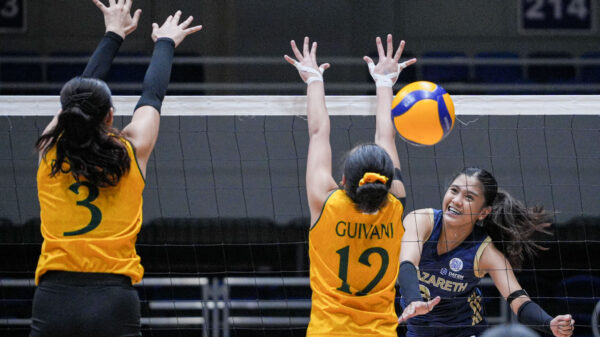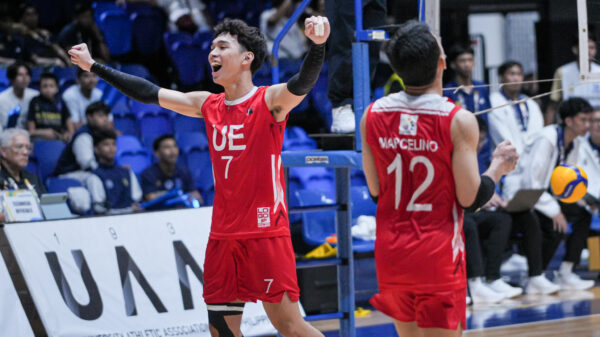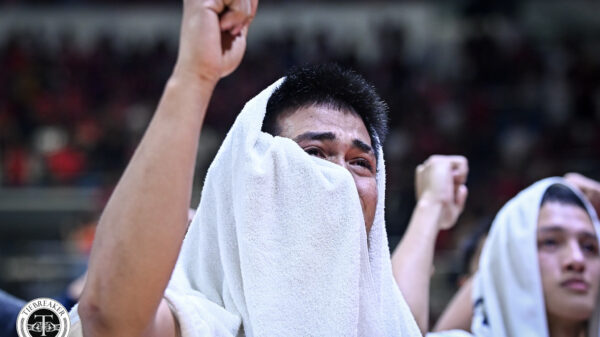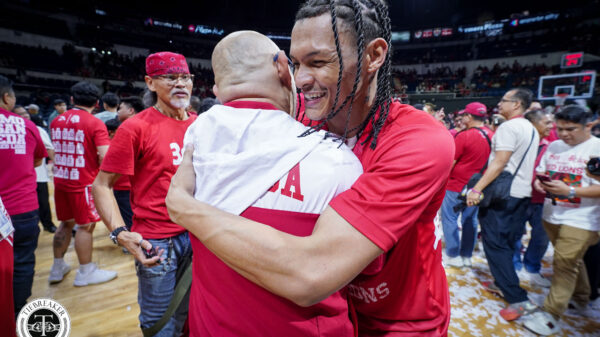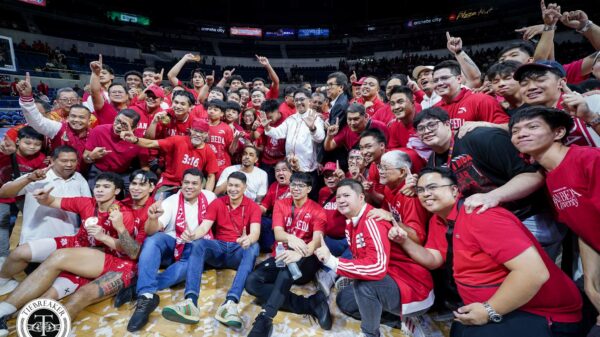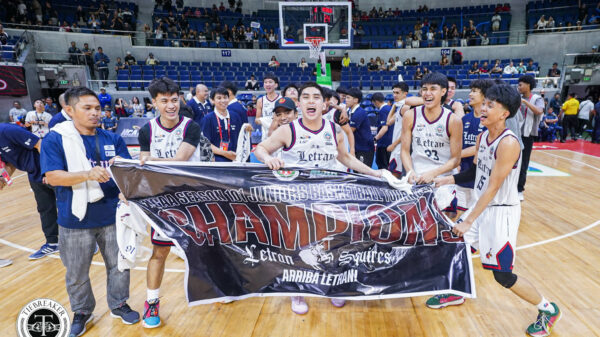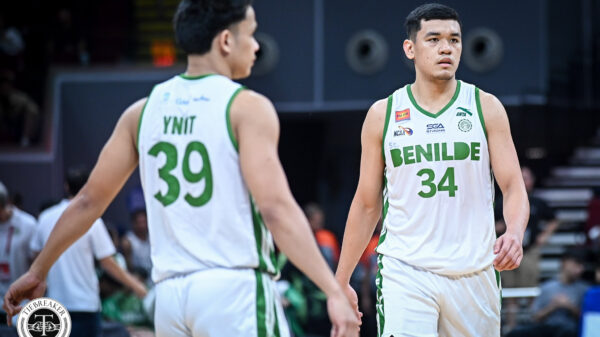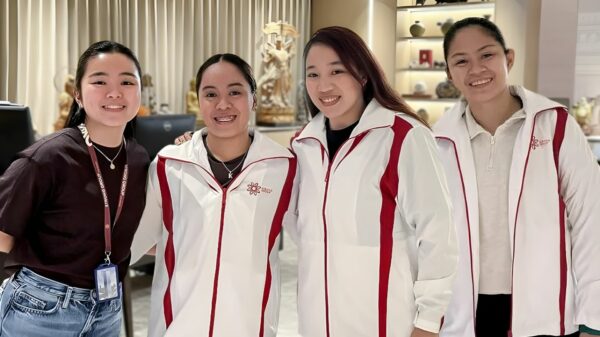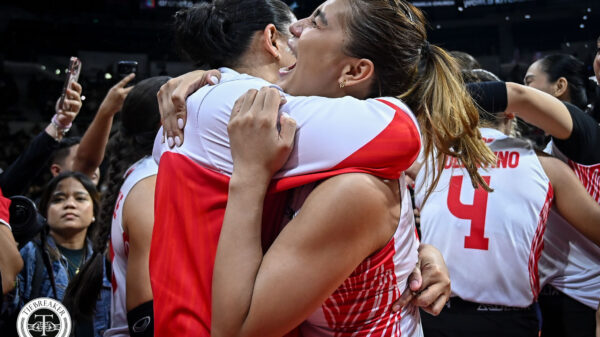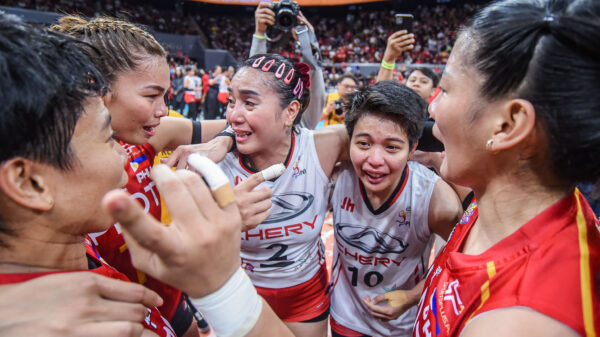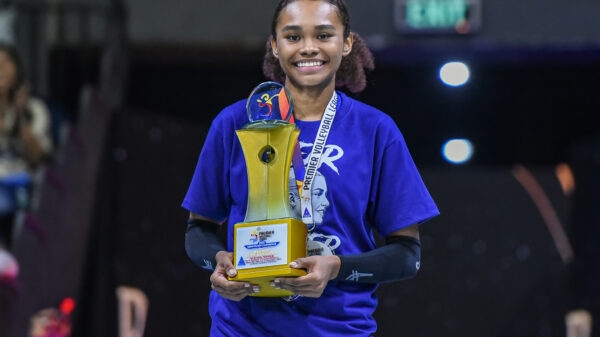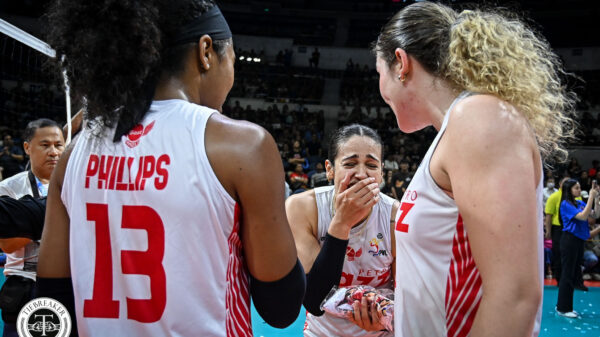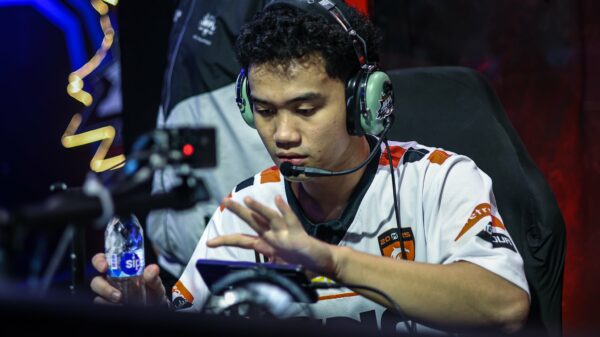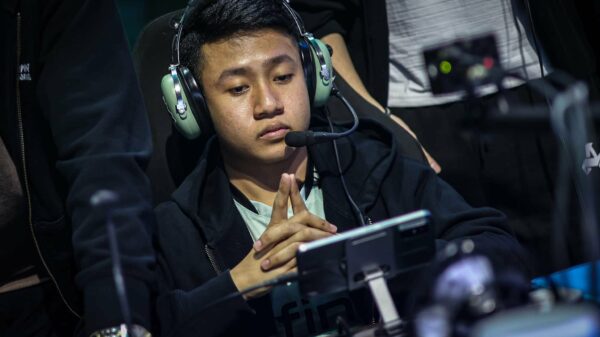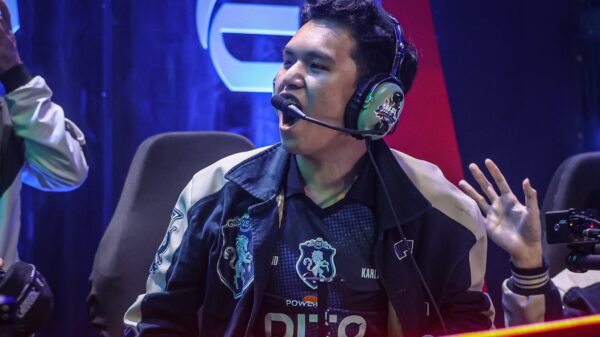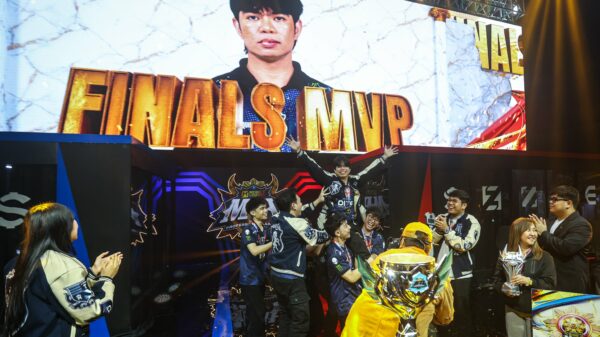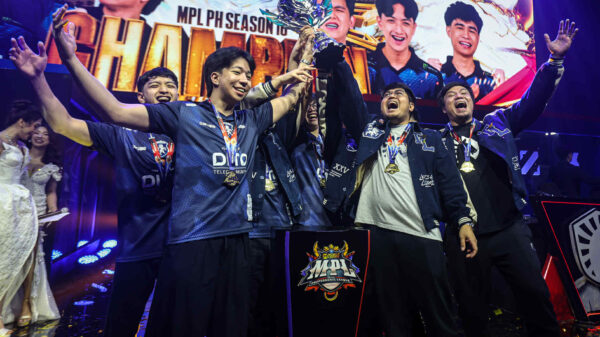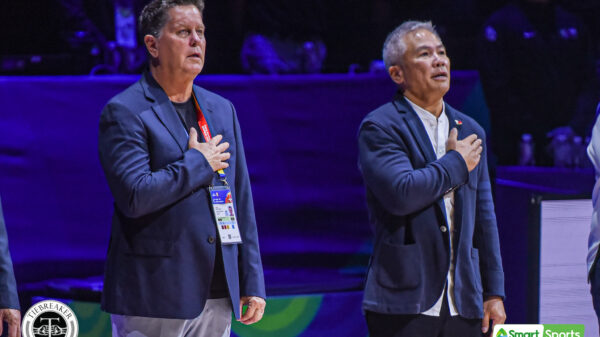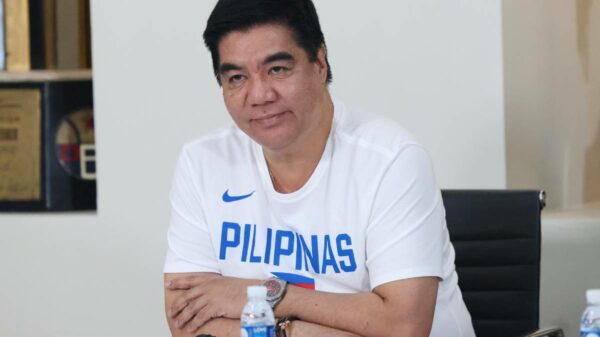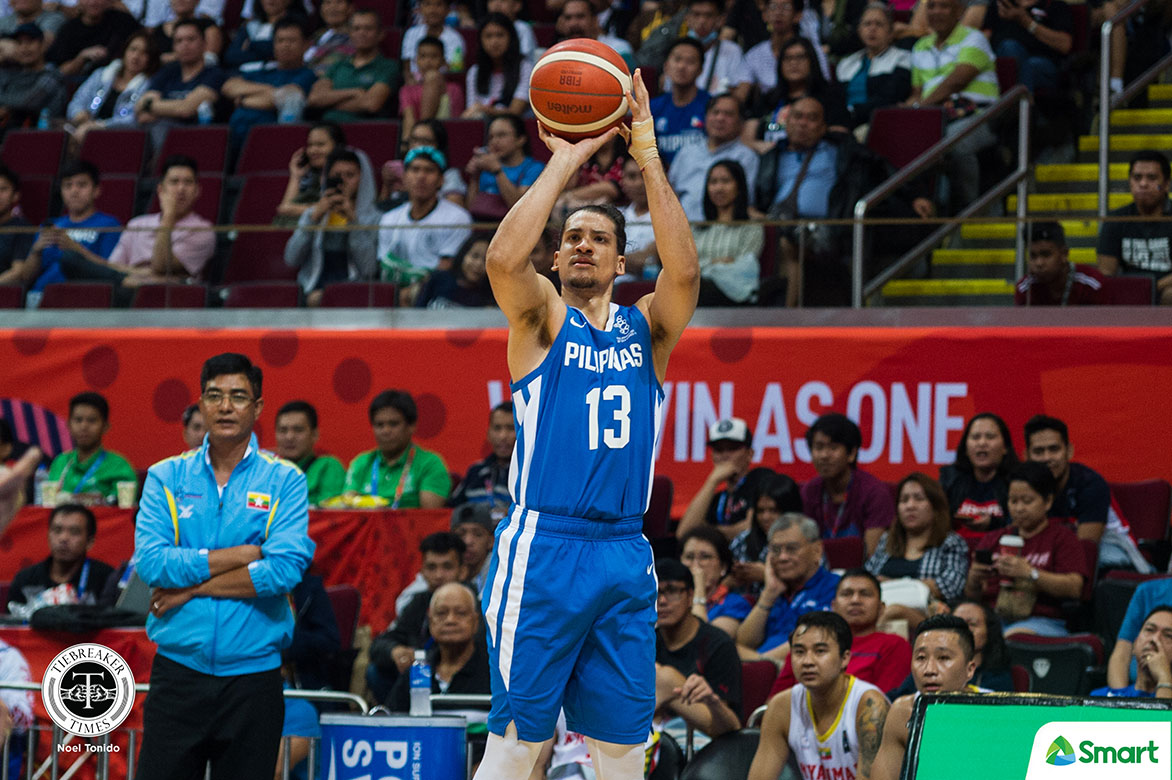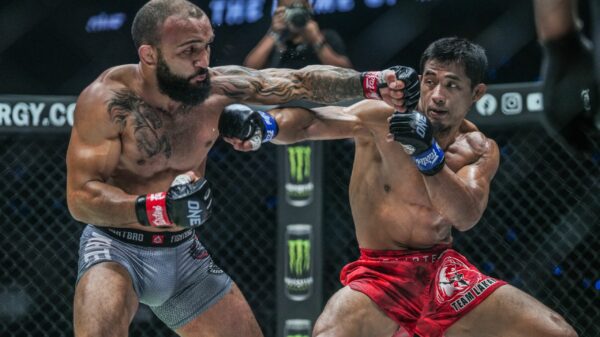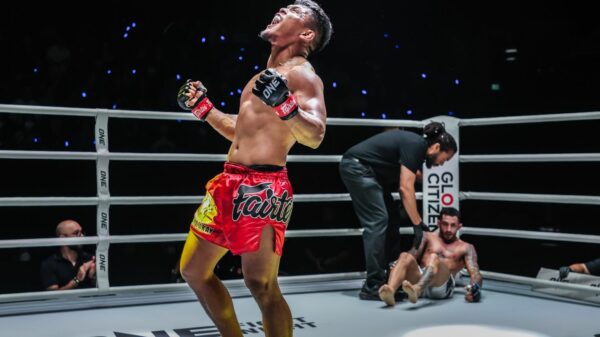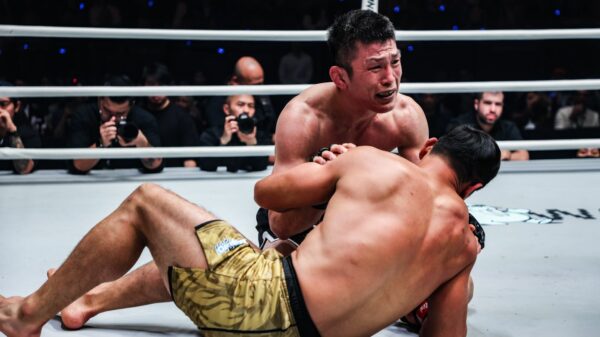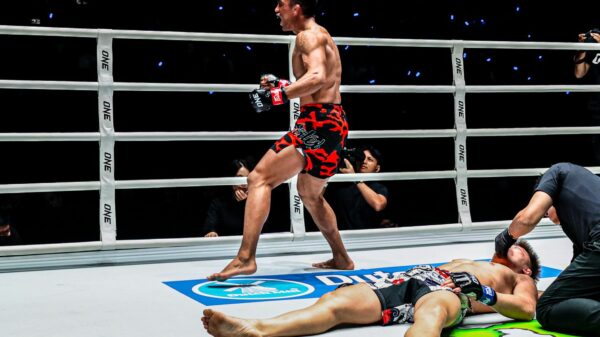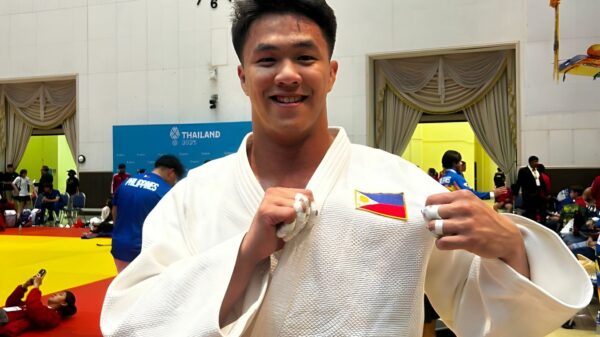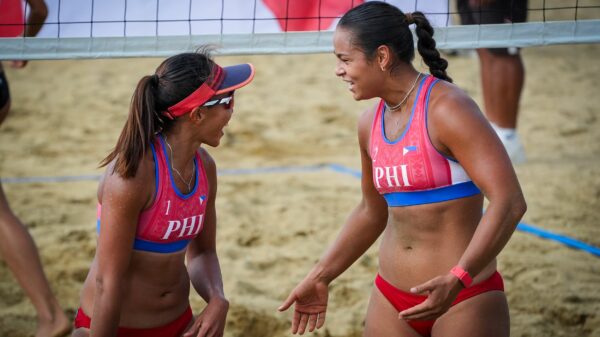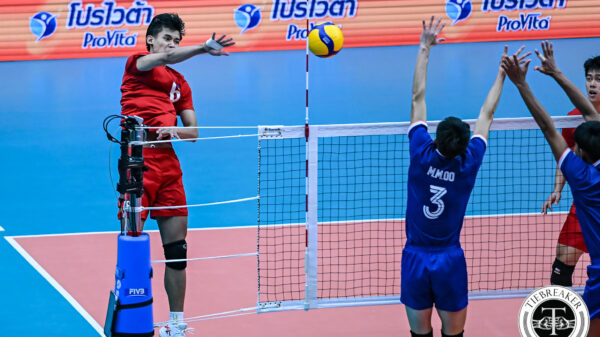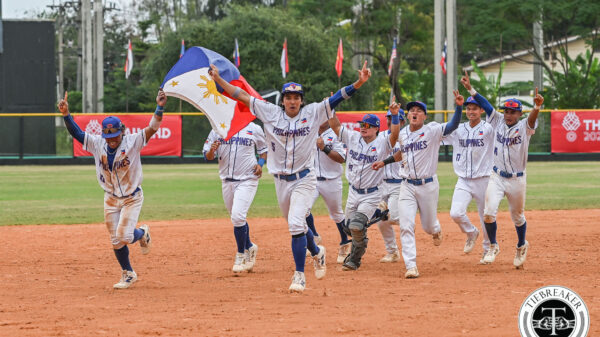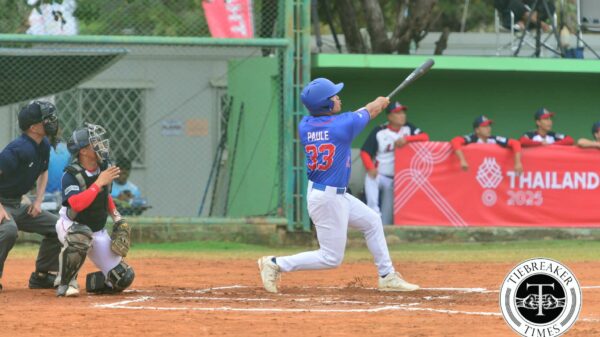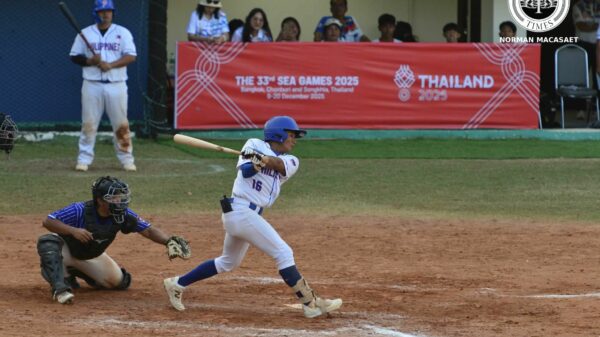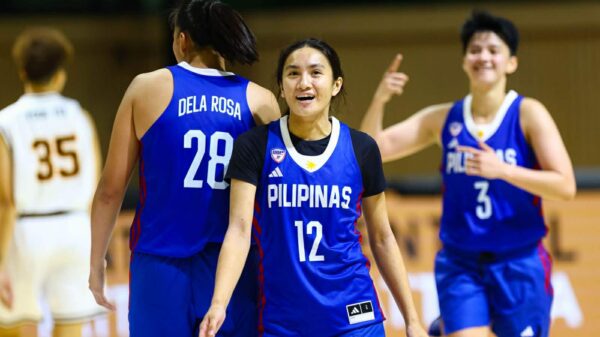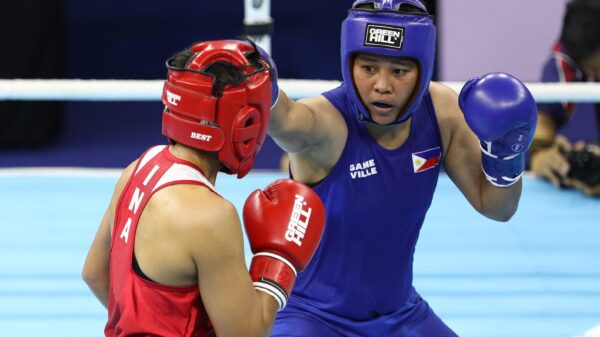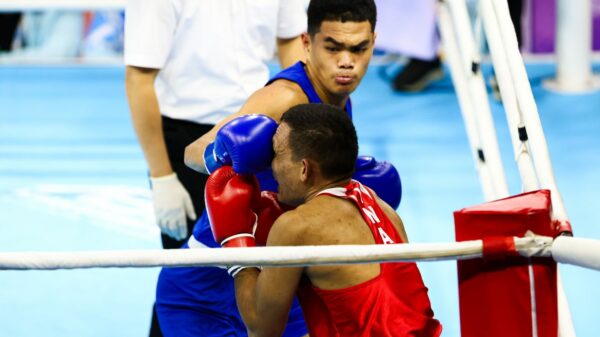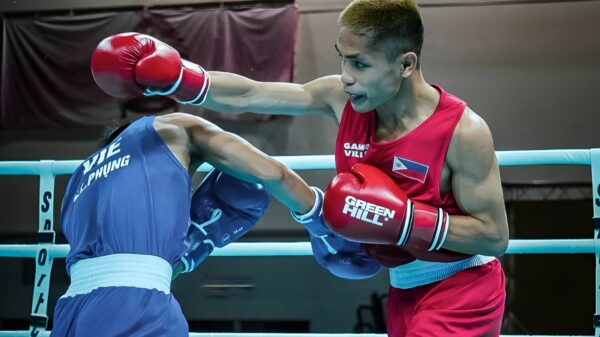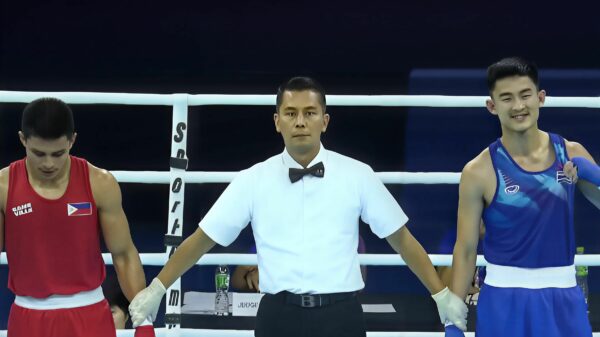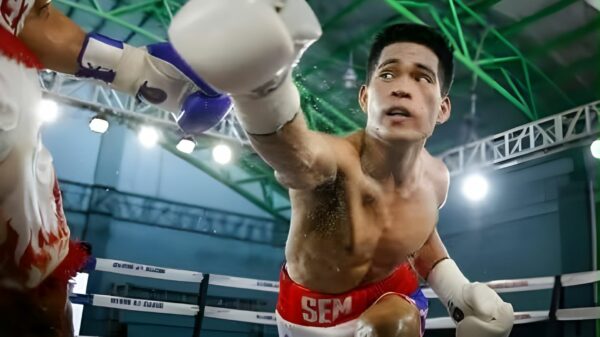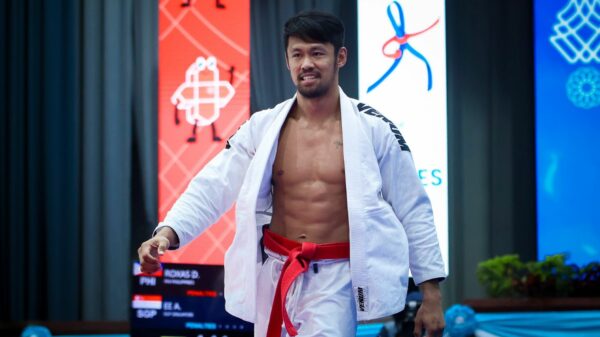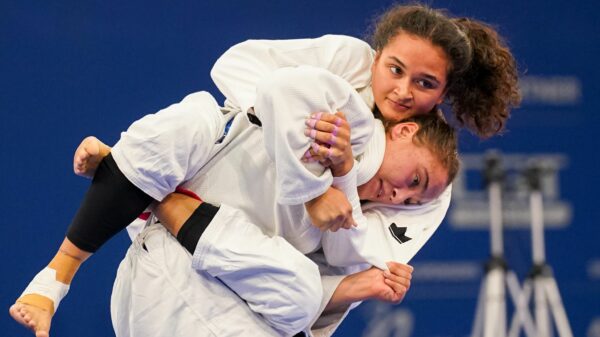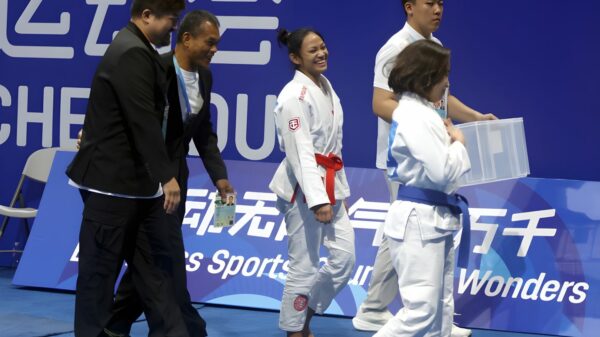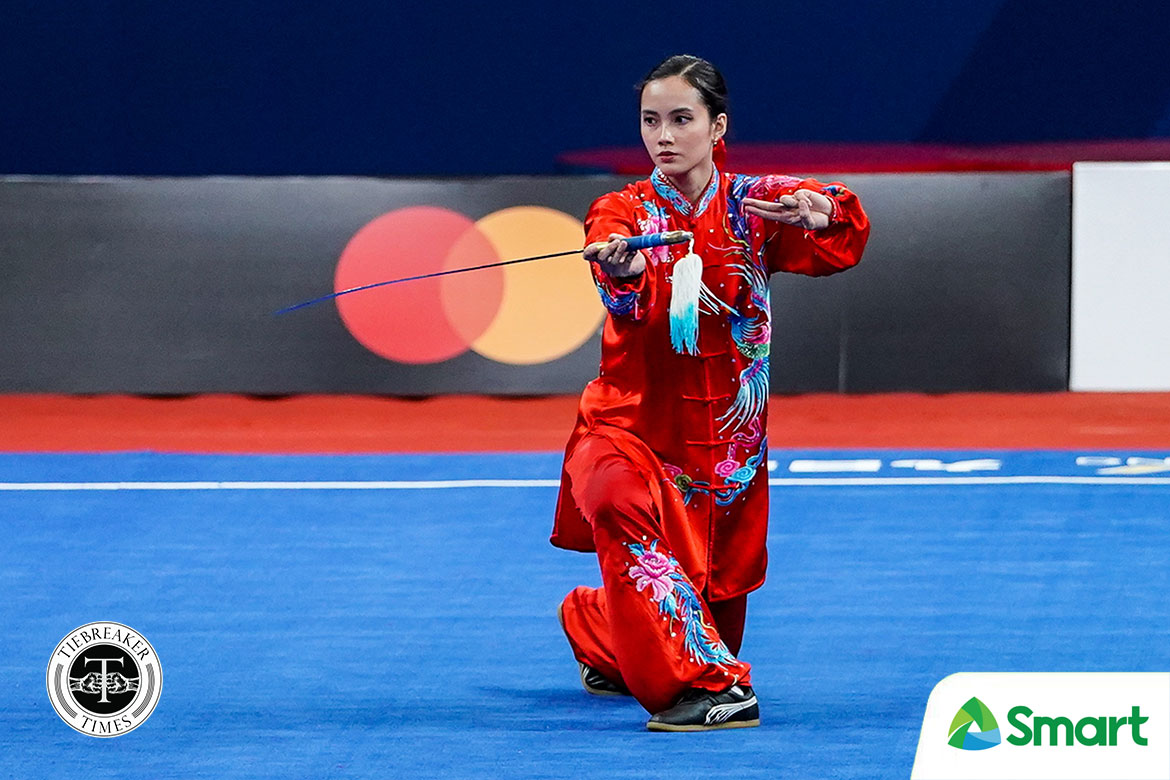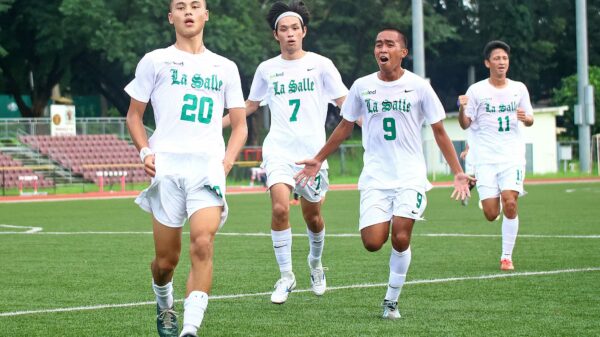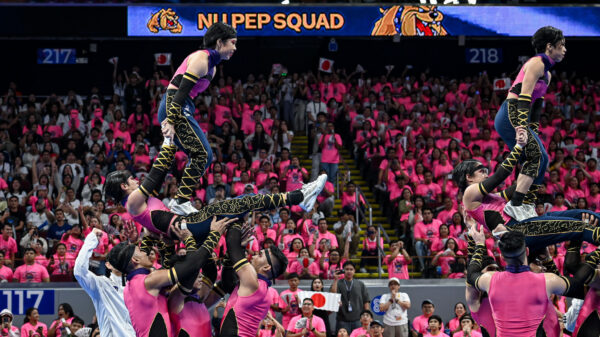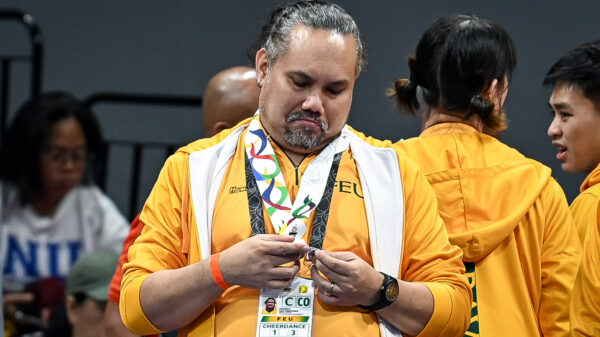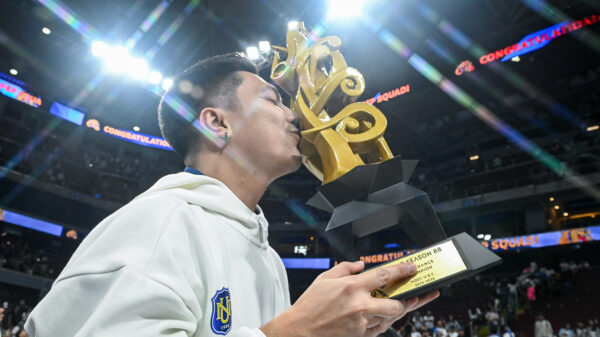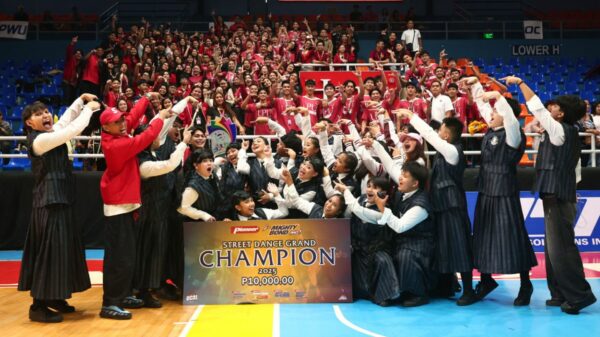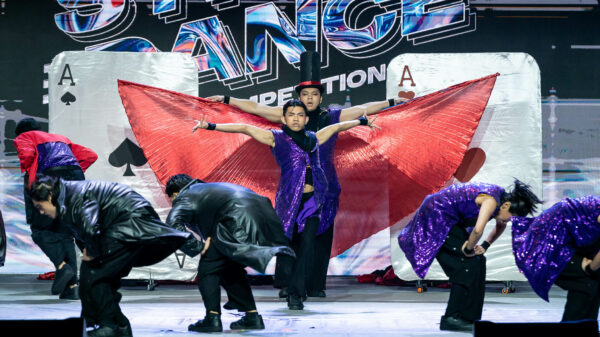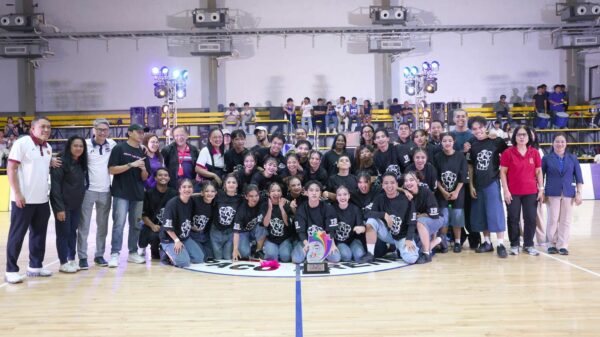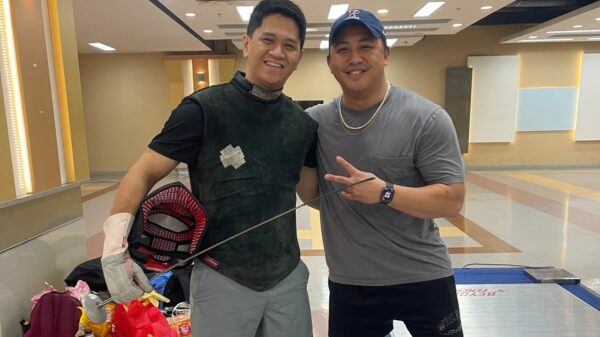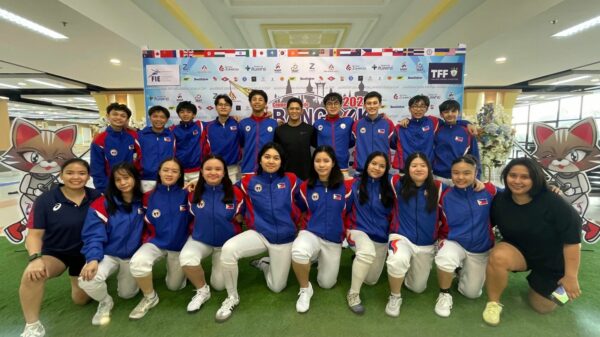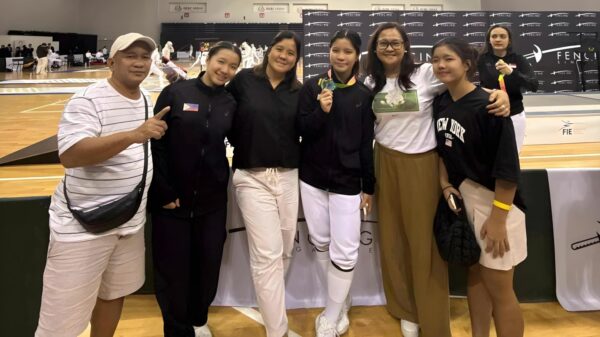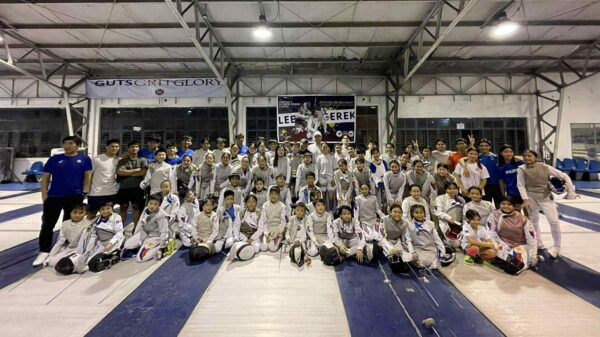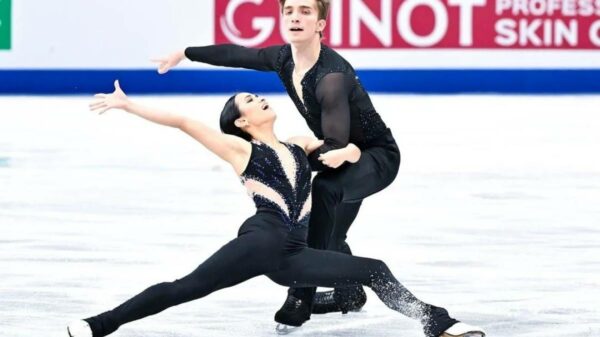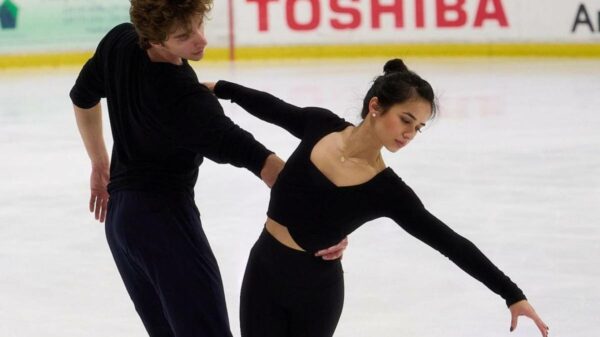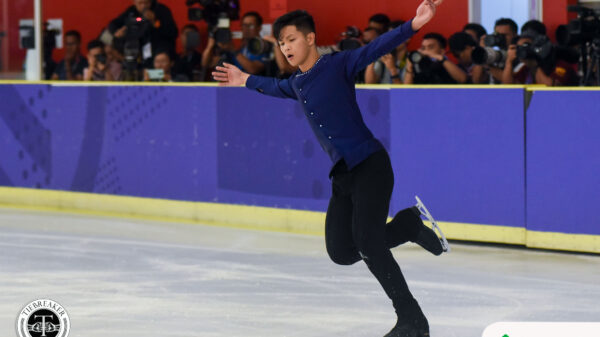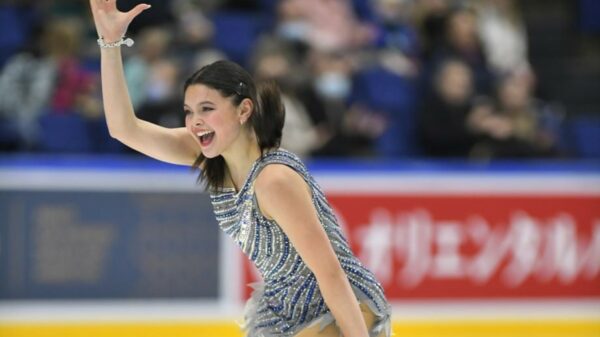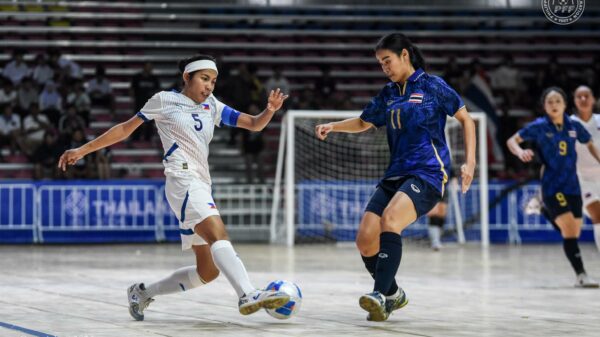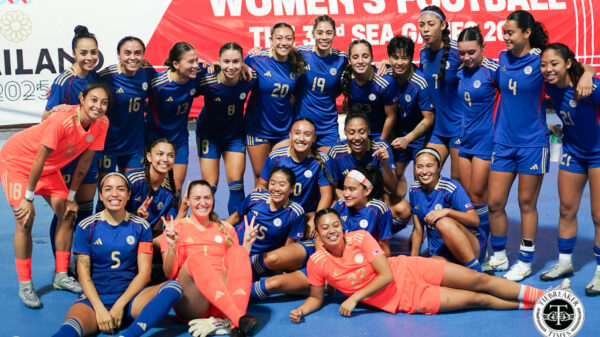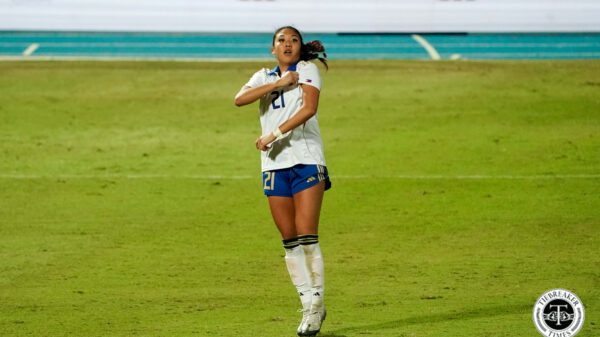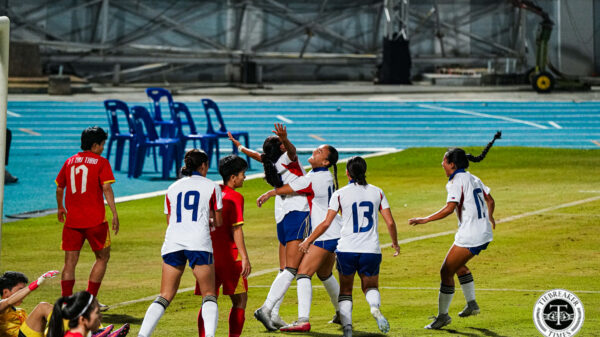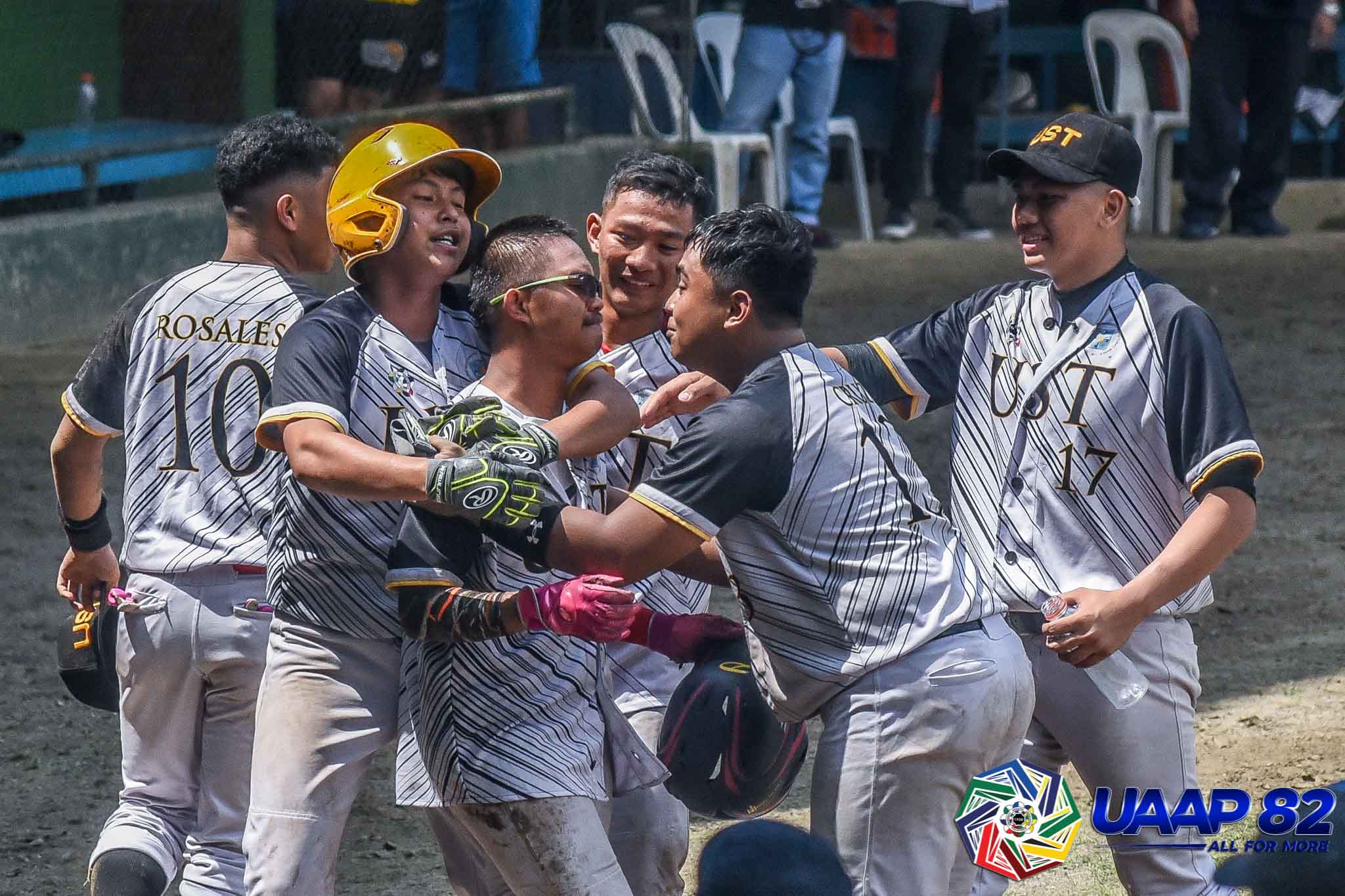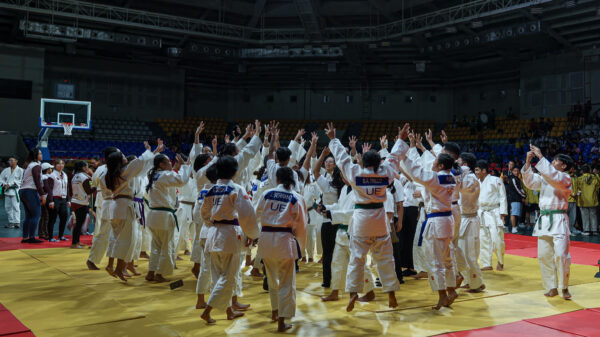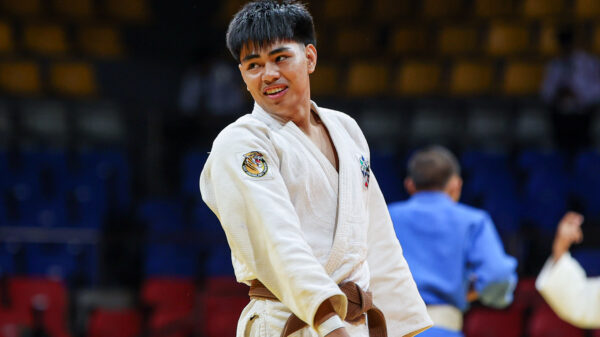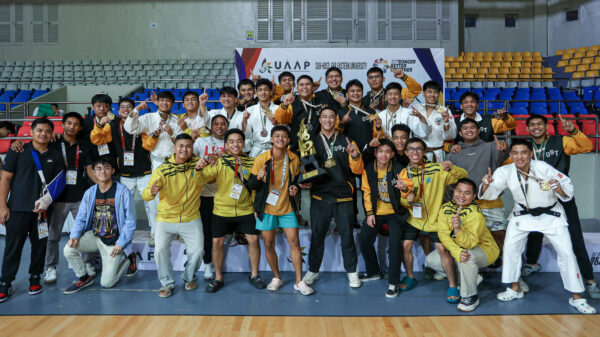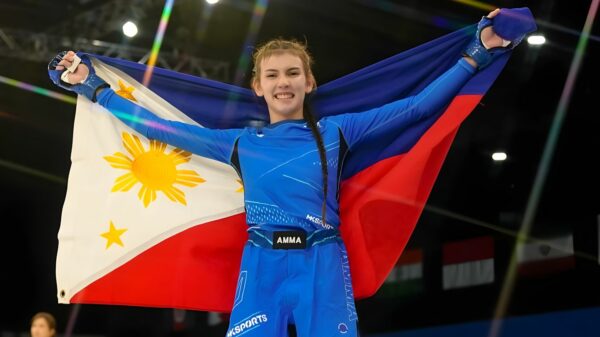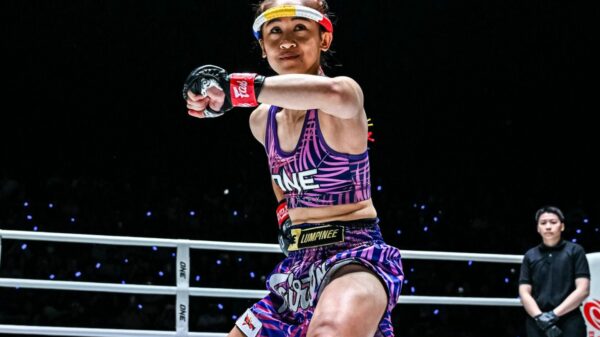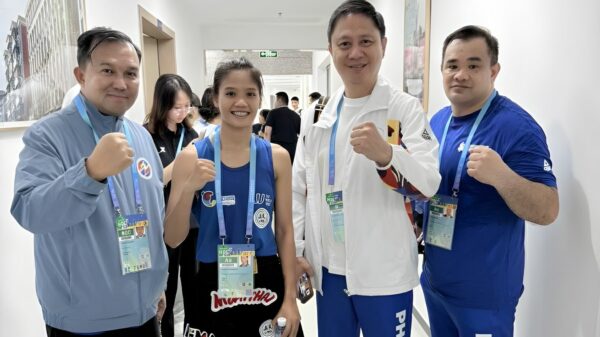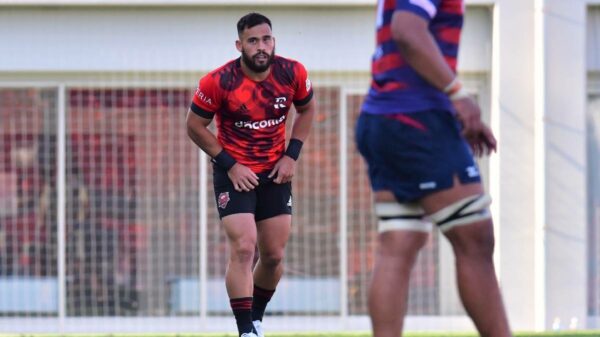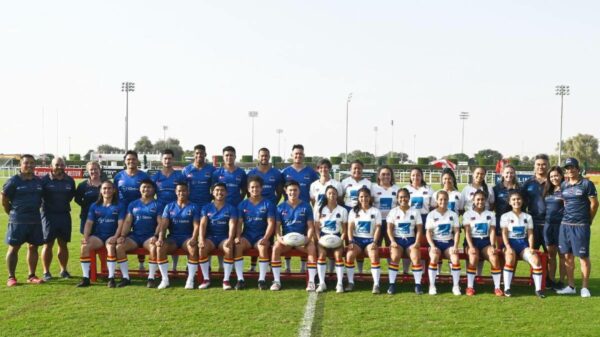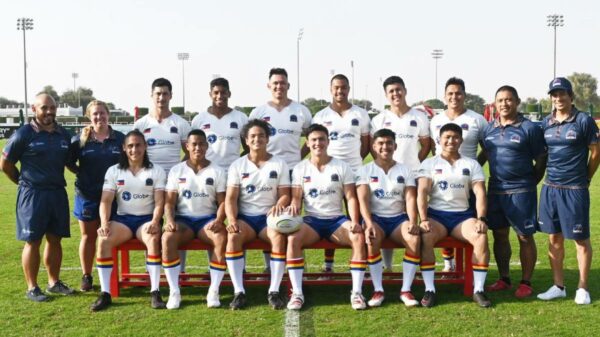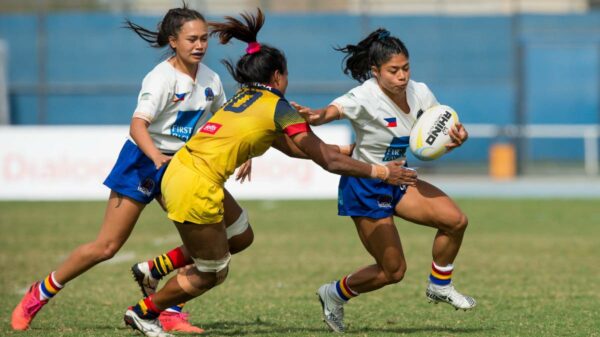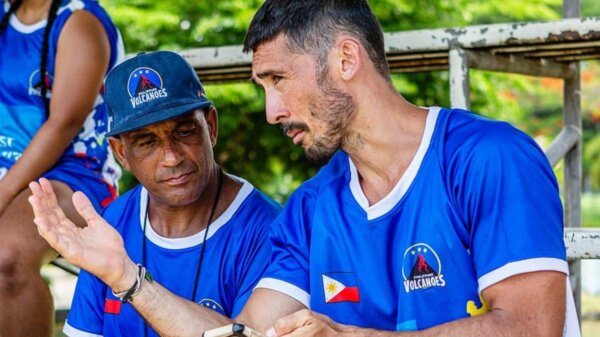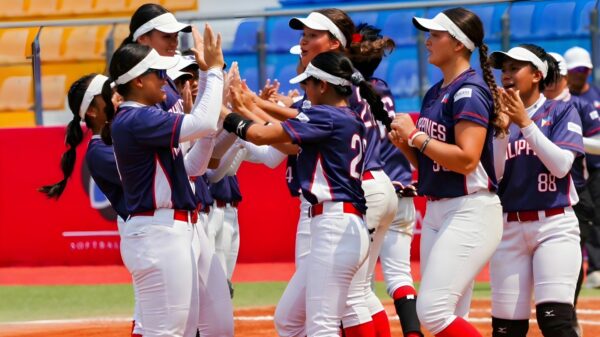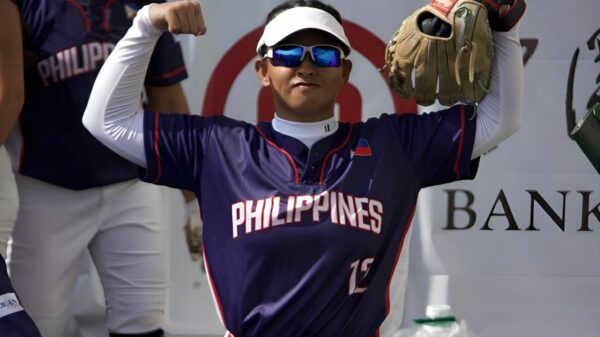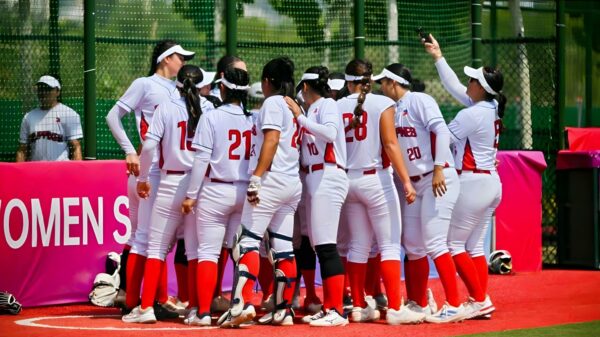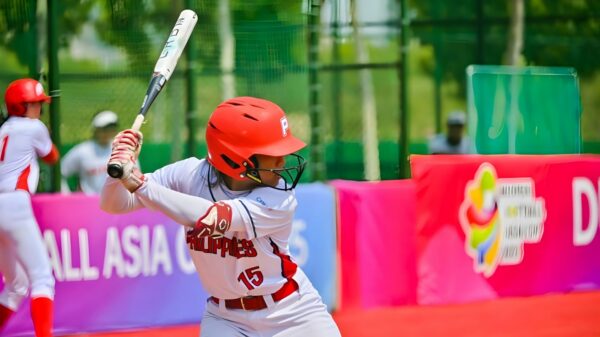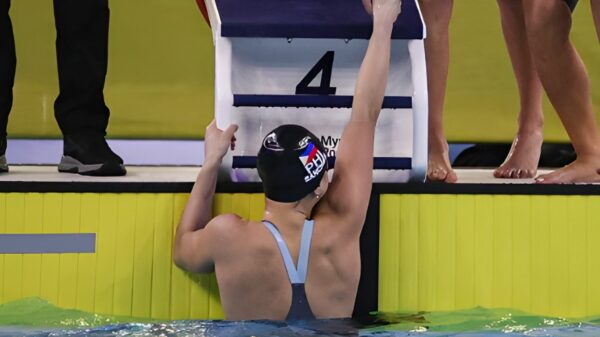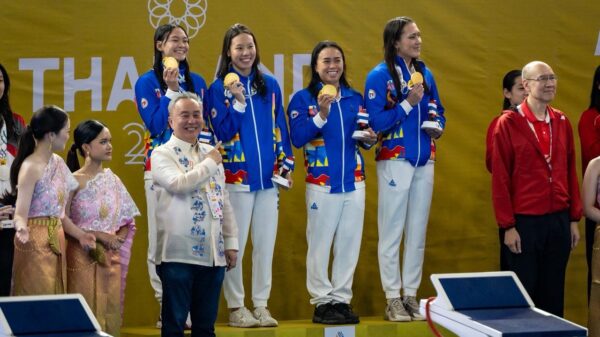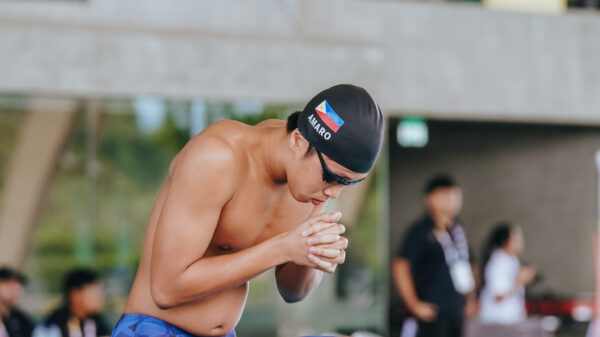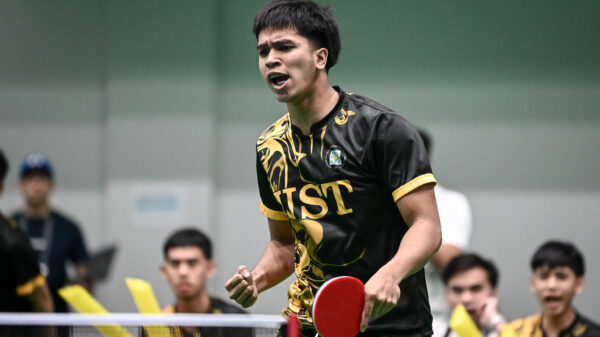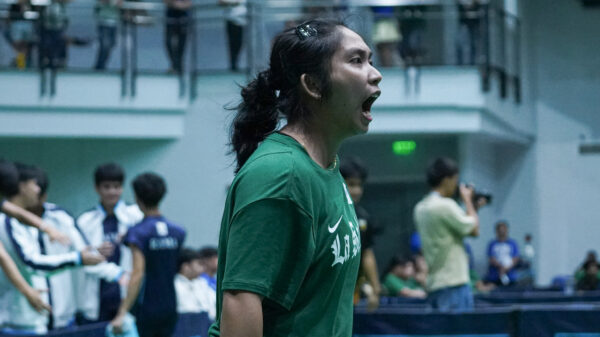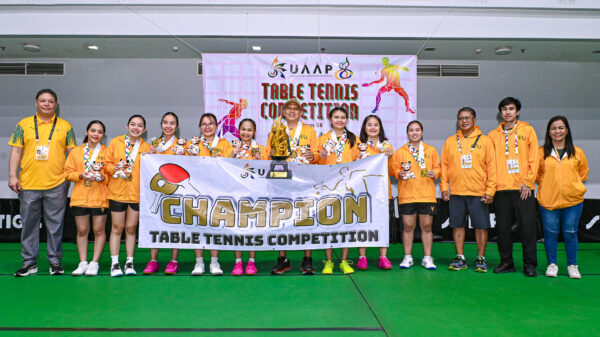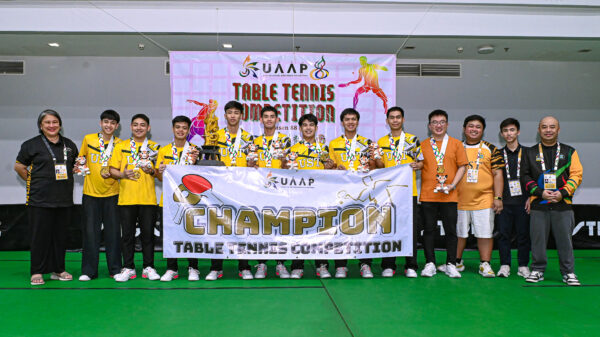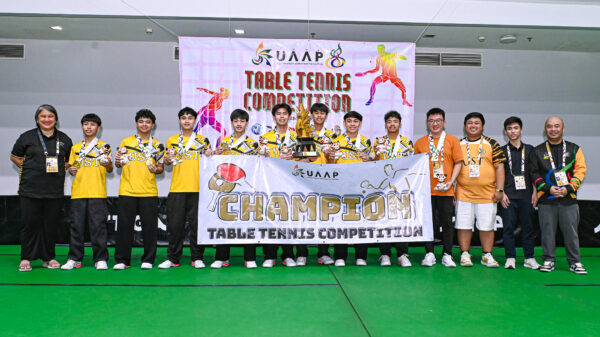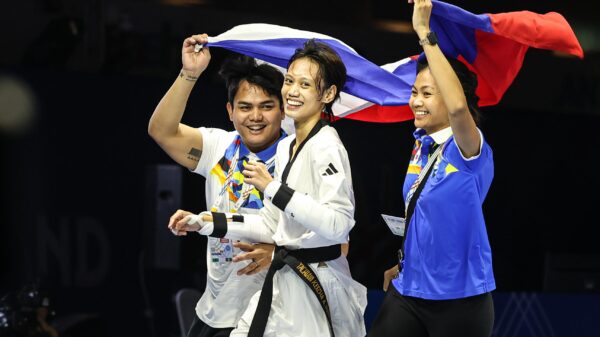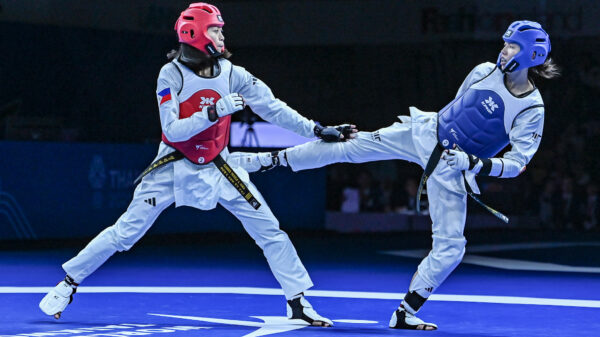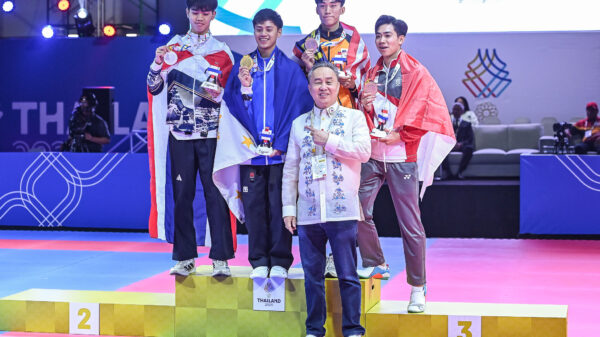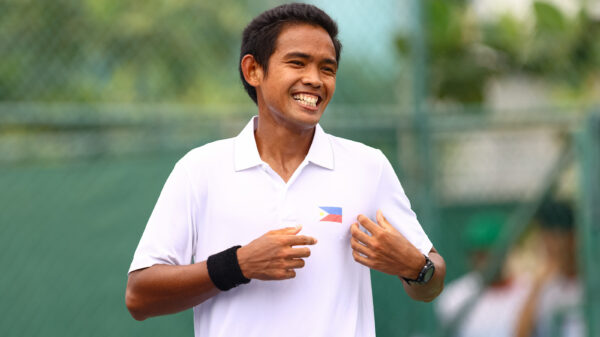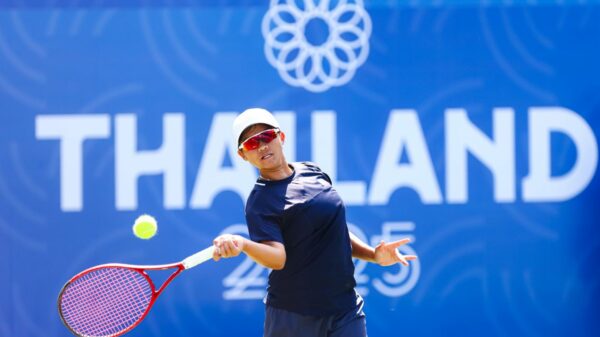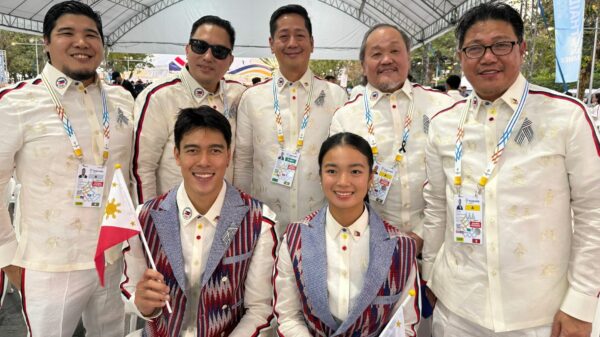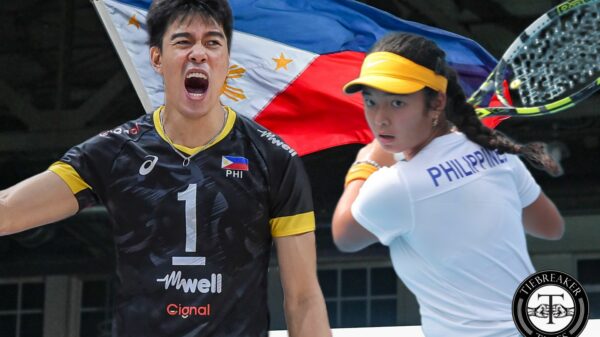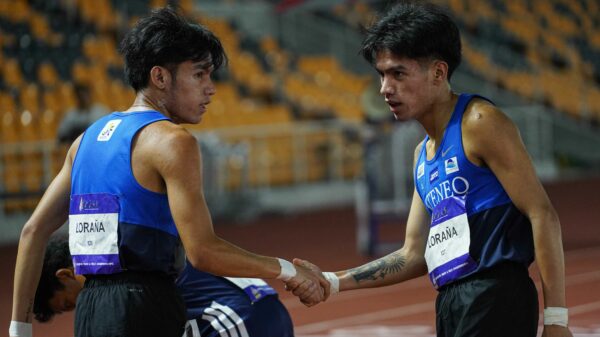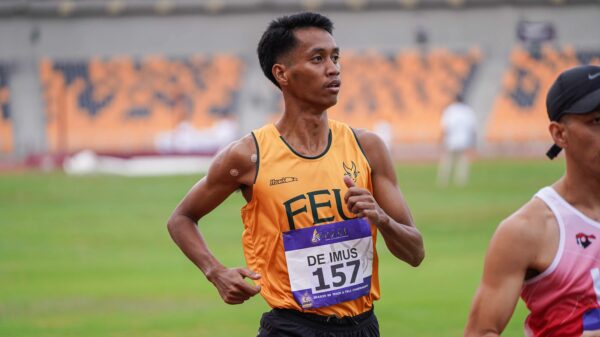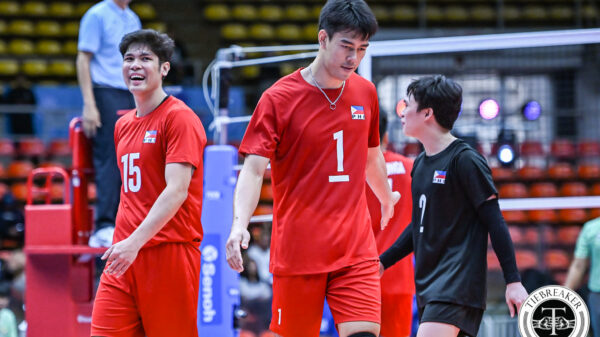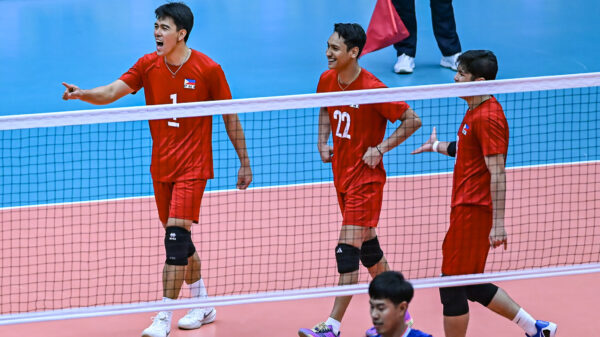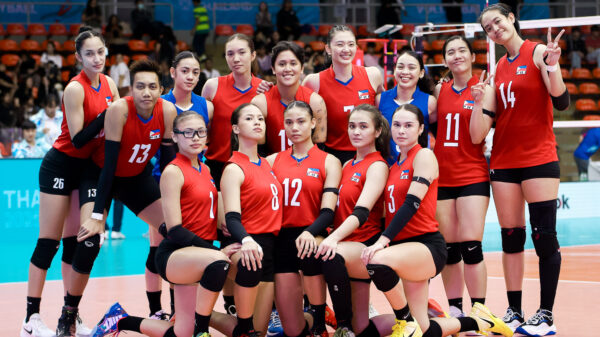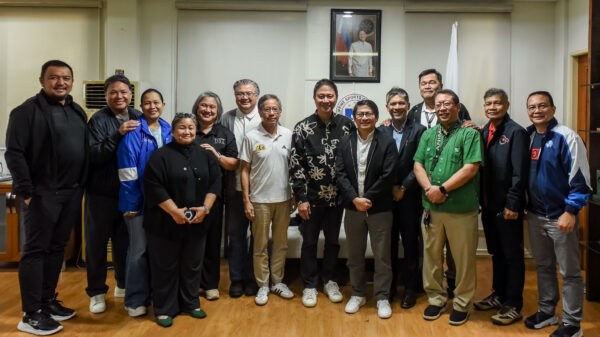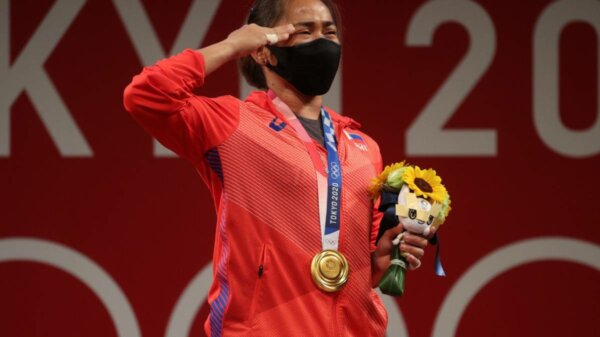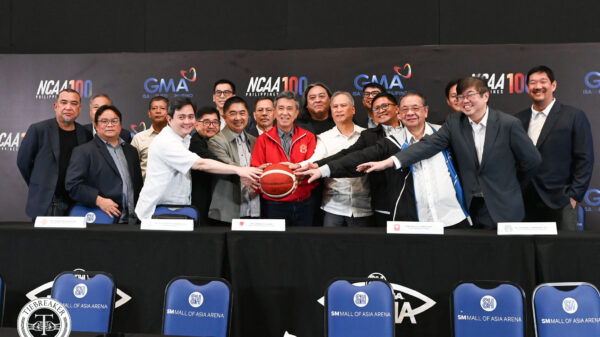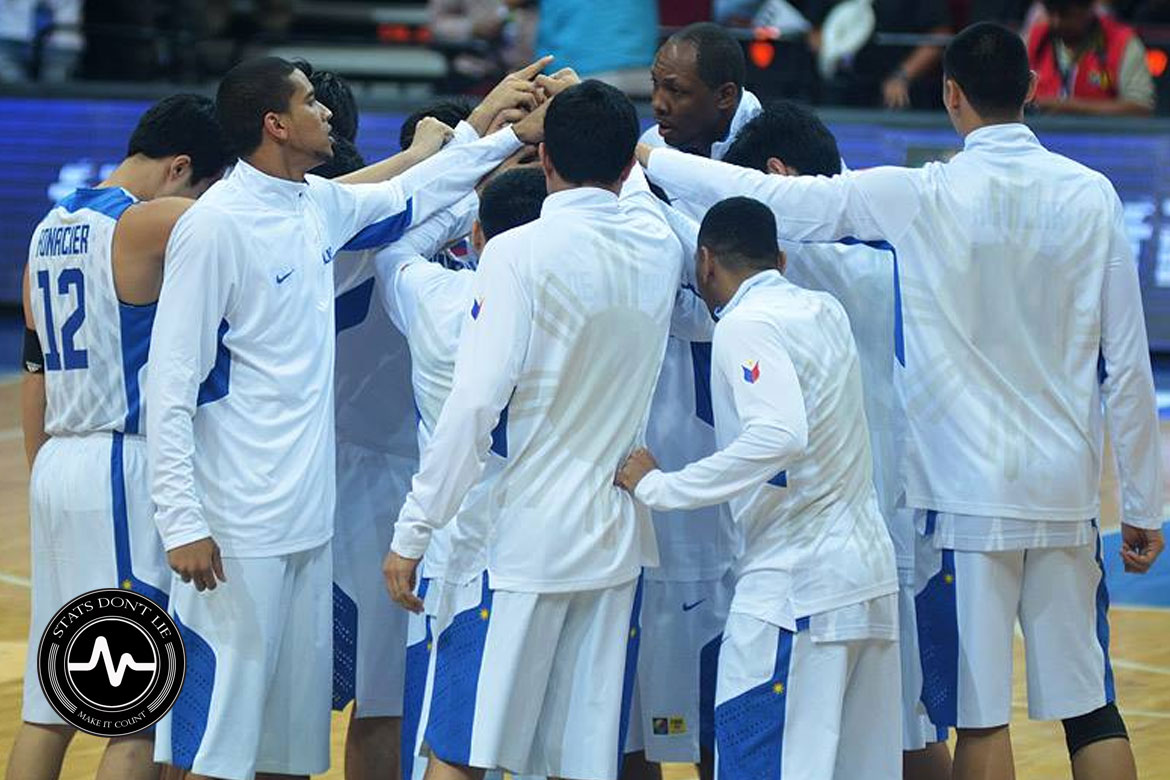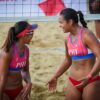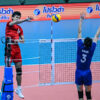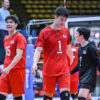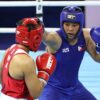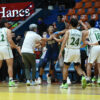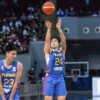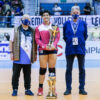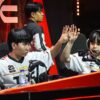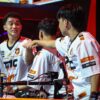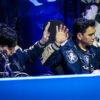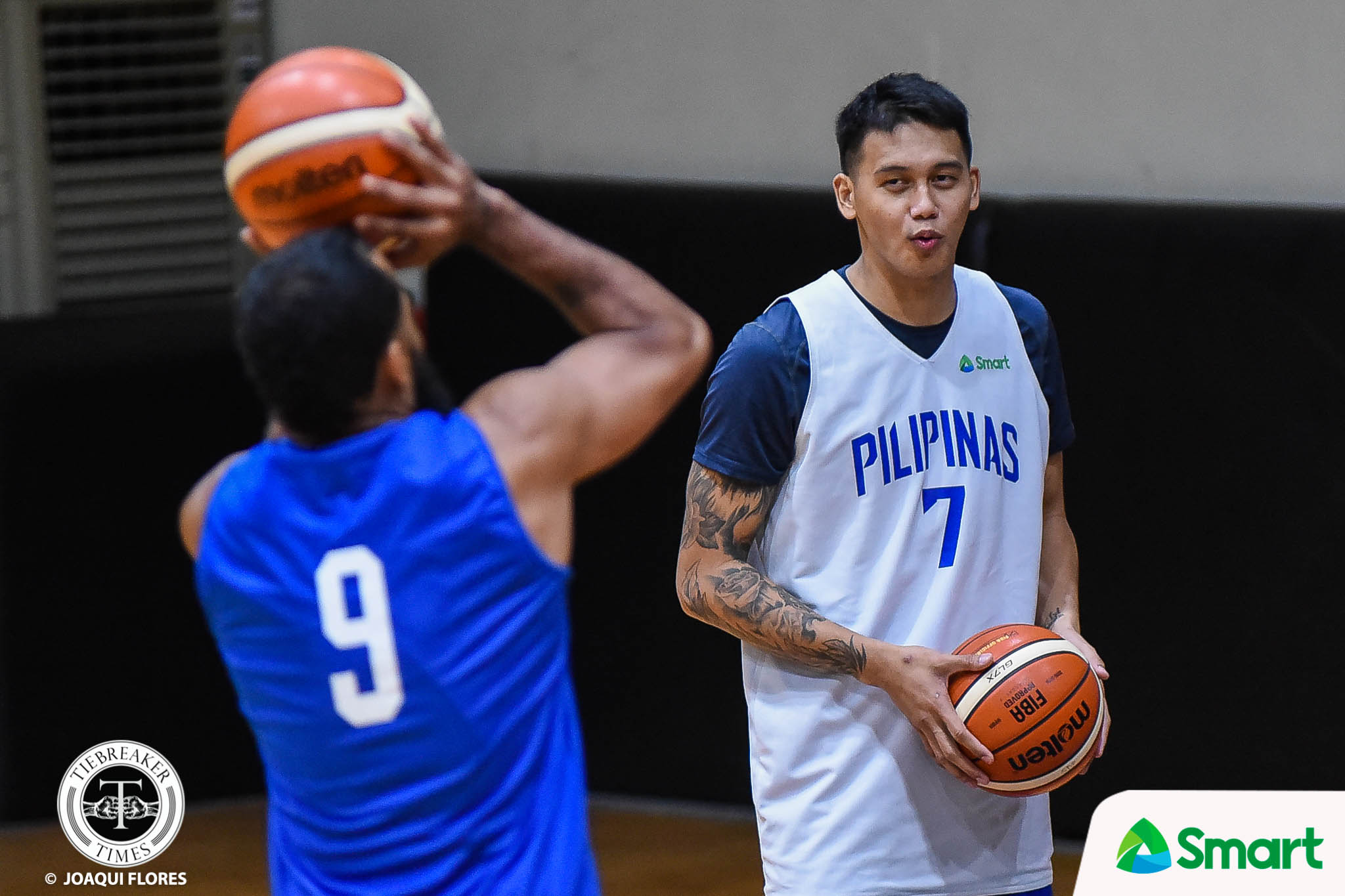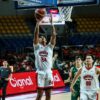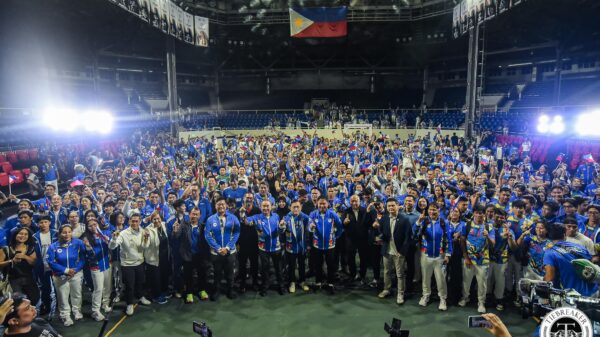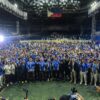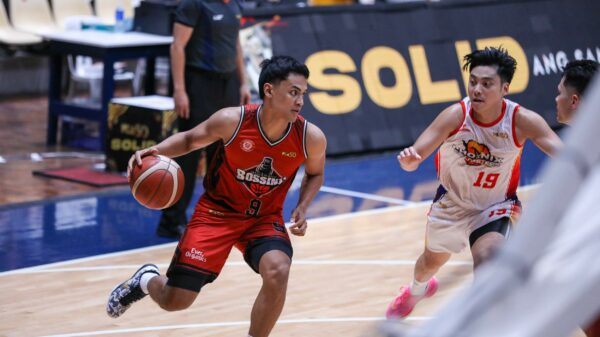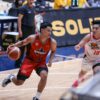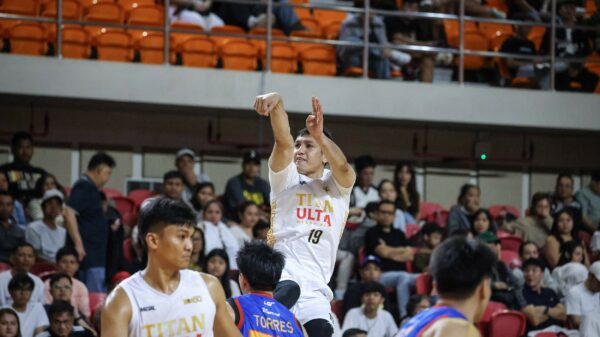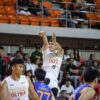After having Coach Chot Reyes on the pod last week, it made me reminisce a bit about that infamous 2013 FIBA Asia tournament and the game against Korea.
That game was actually one of the big reasons that finally pushed me to pivot and change career paths. Shortly after, I resigned from my job to go all-in and pursue a career in coaching.
Ironically, while I started out encoding and watching tons of PBA and UAAP games, I never got the chance to break down that Gilas-Korea game from an analytics perspective. Seven years later, I decided to take a look back and watch the game through those lenses.
Paint Touches and PNR Bombs
First thing I did for this game was to break down each team’s possessions by play types. Each category covers all options out of those play types (i.e. drives would include drives to the basket, kick-outs, drop passes, etc).
I think what made this win a little bit more dramatic was that Douthit went down with an injury in the second quarter, depriving Gilas of one of its major cornerstones and probably its only advantage down low.
For the game, Gilas finished with just six points from post actions, with Douthit accounting for a couple of these.
So what did Gilas do instead? They went to their strengths, which were to put the ball on the floor and attack the basket.
Gilas guards and forwards repeatedly drove in the paint and caused all sorts of problems for Korea.
This was important for Gilas, as the repeated paint touches led to much higher efficiency in the half-court.
NOTE: Halfcourt possessions exclude put backs and miscellaneous possessions. I also took out pull-up threes from the non-paint touches cause well, it was kinda cheap. You’ll see why later.
I believe one reason why Coach Chot was a big believer of dribble-drive is that it maximized the strengths of our best creators like Castro and Tenorio. The ability to get deep in the paint is the equivalent of having a good post player down low. The effect is the same, as paint touches lead to fouls and open kick-out threes.
What’s crazy is that in this game, Gilas was able to finish at the rim at a pretty high clip. In fact, Gilas shot only five free throws the entire game and was just 1-of-11 on spot-up threes. That three just so happened to be this one.
What helped boost Gilas’ offense was guards coming off the ball screen and hitting some well-timed bombs.
Of course – who can forget this shot?
This was huge for Gilas, as they needed more scoring from outside to compensate for the lack of an interior scorer like Douthit.
Korean Efficiency and Discipline
On the other end of the floor, Korea gave Gilas fits, in particular, a young hotshot by the name of Kim Ming Goo.
This dude can BALL. I was so impressed with him after the FIBA Asia tournament. He finished the game with 27 points built on five three-pointers.
Korea executed well coming off the pick and roll, repeatedly hurting Gilas defenders with some hammer screens and kick-out passes.
Interestingly, despite the Philippines being a smaller team, Korea also got a lot of easy baskets in transition, scoring 16 points on 11 transition attacks.
Ask any Pinoy basketball coach what they think about Korean basketball and they’ll all say the same thing: they are disciplined. This was on display in their transition game, as they were disciplined in running the floor and to the right spots – wings going wide to help open the floor and bigs rim running to suck in defenders.
PUSO Rebounding
If there’s one area on defense that Gilas did a good job on, it’s that they rebounded pretty well. Despite losing Douthit for more than half the game, Gilas only gave up seven offensive rebounds (Korea’s offensive rebounding percentage: 25.9-percent).
What’s even more impressive is what happened on the other side of the floor, where Gilas had an OREB% of 44.7-percent – they got back nearly half of their own misses. No one exemplified this better than Marc Pingris, who finished with six offensive rebounds.
Fans may think that this was all heart – or all PUSO for that matter. I certainly don’t think we can deny the heart and effort that Pingris (and other players) displayed during that game.
One thing I’d like to point out though is that one strength of dribble drive-type offenses is that it can also create rebounding opportunities. Players are used to boxing out on long shots but when you need to help off your man when a guard is penetrating, you will inevitably lose rebounding position.
In both of the clips above, Pingris gets an offensive rebound after his teammate attacks the basket. With the defense paying full attention to the attackers, Pingris just swoops in for a couple of easy putbacks.
There is a method to the madness.
—
Couldn’t help but feel nostalgic watching this game. Like everyone else who was at that game, it holds a special place in my heart. Who knows where I’d be today if I hadn’t watched that game.
Looking back, I can say that it wasn’t all about PUSO in that game – there were a lot of X’s and O’s involved as well. It was the combination of both that led to the W.

